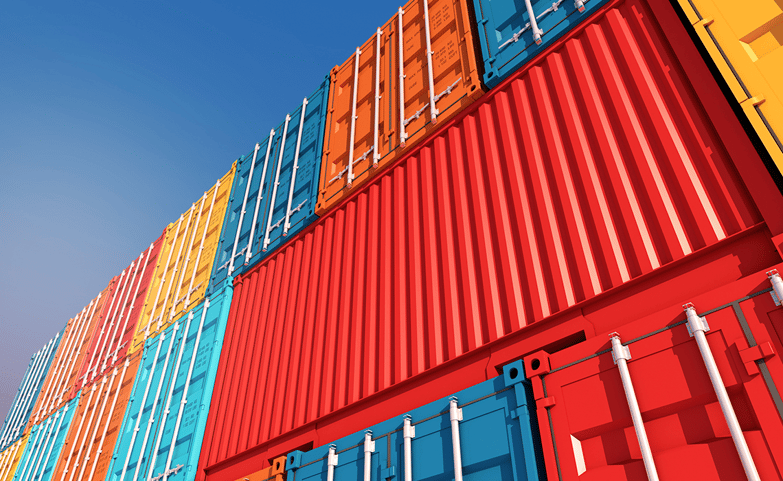Ecommerce is thriving across the world. Whether we live in global cities or the world’s most remote regions, more and more of us are looking for items online. But wherever we are, we don’t just compare the products and prices offered by brands in our own home countries. We are united in looking for the best deal, even when this is offered by a website based abroad.
In 2022, it is estimated that cross-border ecommerce will represent 22% of the overall ecommerce market. The same figure was 15% in 2016.
In itself, this represents a powerful incentive for brands to explore the opportunities offered by cross-border commerce. But there’s also the fact that the overall ecommerce market is growing. In 2020, ecommerce sales worldwide totaled US$4.28tn.
This figure is projected to grow to US$5.4tn in 2022. Cross-border ecommerce therefore represents the opportunity to take a larger share of a market that’s worth more every year.
What are the main challenges of cross-border ecommerce?
If the argument for driving cross-border ecommerce sales is so compelling, why don’t more brands expand in this way? A major reason is that leaving the comforts offered by familiar local markets to venture cross-border is challenging. Cultural factors, logistical issues, local business conditions and, more generally, what you don’t know that you don’t know all come into play.
Some of these issues will be sector-specific or, as British brands discovered in the wake of Brexit, affect businesses from specific countries. However, as we outline below, other issues are universal – and all need to be seriously considered if investment in cross-border ecommerce is to pay off.
What are the Top Five challenges of cross-border ecommerce?
Here are five questions that brands should ask when expanding into new markets via ecommerce.
1. What are the currencies customers want to use?
Consumers who cannot quickly and intuitively work out what an order will cost them are far more likely to shop elsewhere. As many as one in five consumers who have abandoned shopping carts cite unclear pricing as the reason they didn’t complete a purchase.
Before targeting a new territory, brands must have the ability to display prices in local currencies and automate conversions, as Amazon offers.
2. How will customers want to pay for their purchases?
Offering customers multiple payment options translates to an easier sales process, and then, more sales. Certain payment methods – digital wallets, credit and debit cards, bank transfers, Apple Pay, PayPal – cross borders, but brands also need to be alert to payment methods that are specific to different markets, such as iDEAL in the Netherlands.
As well as offering territory-specific payment options, brands should be alert to the adoption of new payment methods in different foreign markets. This is an area of ecommerce that changes surprisingly quickly.
3. What fulfilment and logistics challenges lie ahead?
International shipping is expensive and complex. It is also unpredictable because nobody can know, for example, when a ship will block the Suez Canal. In addition, the Covid-19 pandemic disrupted supply chains worldwide as a collapse in trade was followed by a surge in demand as the world came out of lockdown.
Brands need to be sure they can get their goods to customers without incurring costs that impact on profits while taking these factors into account.
4. What’s the best approach to returns?
Nine out of 10 online shoppers check the return policies of a brand before finalizing a purchase. They have good reasons for doing this. In the fashion sector, for instance, it’s now commonplace for consumers to buy multiple items and return those they don’t want or which don’t fit.
This represents a cost to businesses, but it’s still better to work with consumer behavior here, even when selling across borders. Having a returns policy in place can be the factor that persuades an e-shopper to buy. In addition, brands can leverage a returns policy to be a competitive advantage, and a way to strengthen customer loyalty and retention. UPS says that allowing the return of an item, specifically a free return, can entice consumers to purchase from a cross-border seller:
- 52% say free return shipping is key to a positive return experience
- 68% would complete the purchase if they see a prepaid return label
5. Wie viel sollten wir in Übersetzung und Lokalisierung investieren?
Or, to put that in terms non-German speaking readers will understand, how much should we invest in translation and localization? That will, of course, depend in part on the resources your business has, but all brands need robust translation and localization strategies if they are to drive cross-border ecommerce.
This means being alive to subtle cultural and linguistic differences. Australians, Canadians, Brits and Australians all speak English, but there are nuances to how they each nationality uses the language.
In practical terms, brands should do the following:
- Establish a localization team: this will manage the translation and localization of product content – including product information, catalogs, images, etc. A project leader will oversee content guidelines and select content to be translated. The team must have enough knowledge of the field as well as awareness of the cultural nuances for each region.
- Obtain the right tools. Brands must acquire a system that makes it easier for the team to manage product information across websites and ecommerce platforms. Expanding cross-border needs efficient management of multilingual versions of data, measurements, currencies, etc.
One final question
If your brand is confident it can meet these challenges, it is time to consider cross-border ecommerce as a way to drive sales and revenues. However, before you do, one final question, is it time to take a step back and check you have both the right strategy and the right technology in place, particularly when it comes to managing data?




